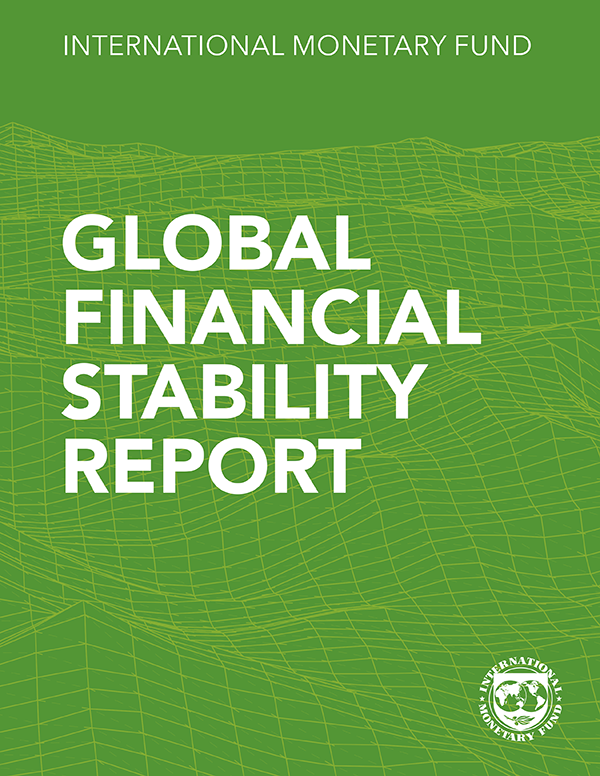Mounting Challenges, Decisive Times


A Repeat of the Past? Fiscal Implications of Commodity Price Surges in the Middle East and North Africa
High international food and fuel prices are exacerbating fiscal pressures in the Middle East and North Africa (MENA) at a time when countries face tightening global financial conditions and extraordinary uncertainty, while policy space is reduced from the pandemic. During past episodes of rising commodity prices, policymakers responded swiftly to mitigate their impact. However, responses often lacked targeting and prior planning, resulting in adverse fiscal and distributional impacts, including (1) large and persistent fiscal loosening, (2) increased budget rigidity, and (3) diminished budget equity, all combined with (4) a lack of offsetting fiscal adjustment. These responses heightened debt sustainability risks for oil importers and led to procyclical fiscal policies in oil exporters, followed by abrupt fiscal adjustments when oil prices fell. While most MENA countries have once again resorted to similar policy responses as in the past, particularly generalized price subsidies, they have done so at a smaller scale. This reflects both a more limited fiscal space and past progress—albeit yet unfinished—with subsidy reform. While countries foresee some fiscal expansion in 2022 compared to prewar expectations, they are expected to continue their subsequent adjustment paths. As the global outlook remains challenging and downside risks extraordinary, it will be important for policymakers in the region to consider (1) cost-effective measures to address the pressures from rising food and fuel prices and (2) reforms to enhance fiscal resilience, including reduced dependency on fuel, ahead of the next commodity cycle.

War in Ukraine: Risks to Poverty and Inequality in the Caucasus and Central Asia
Russia’s war in Ukraine is affecting countries in the Caucasus and Central Asia (CCA) through several channels. This chapter examines the potential impact on poverty and inequality resulting from exacerbated inflationary pressures and potential risks of reduced remittance flows in the war’s aftermath. Based on simulations using microdata from household budget surveys, the war in Ukraine risks raising poverty by about 1 percentage point and inequality by about 1 percent, and reducing real household consumption by about 2 percentage points, on average. The poorest countries in the region are expected to bear the brunt of the impact on poverty, which could increase by about twice the regional average and add to already-difficult policy challenges. Likewise, poorer households across the region are most at risk from rising food prices and a potential decline in remittances. Mitigating the war’s potential impact on the vulnerable will be a key priority for policymakers and will require stronger social safety nets. Understanding the heterogeneity of the war’s impacts across households and countries would help to design policy support programs better toward the most in need.
Publications

-
September 2025
Finance & Development
- Stablecoins and the Future of Finance

-
July 2025
- Global Imbalances in a Shifting World

-
Regional Economic Outlooks
- Latest Issues






